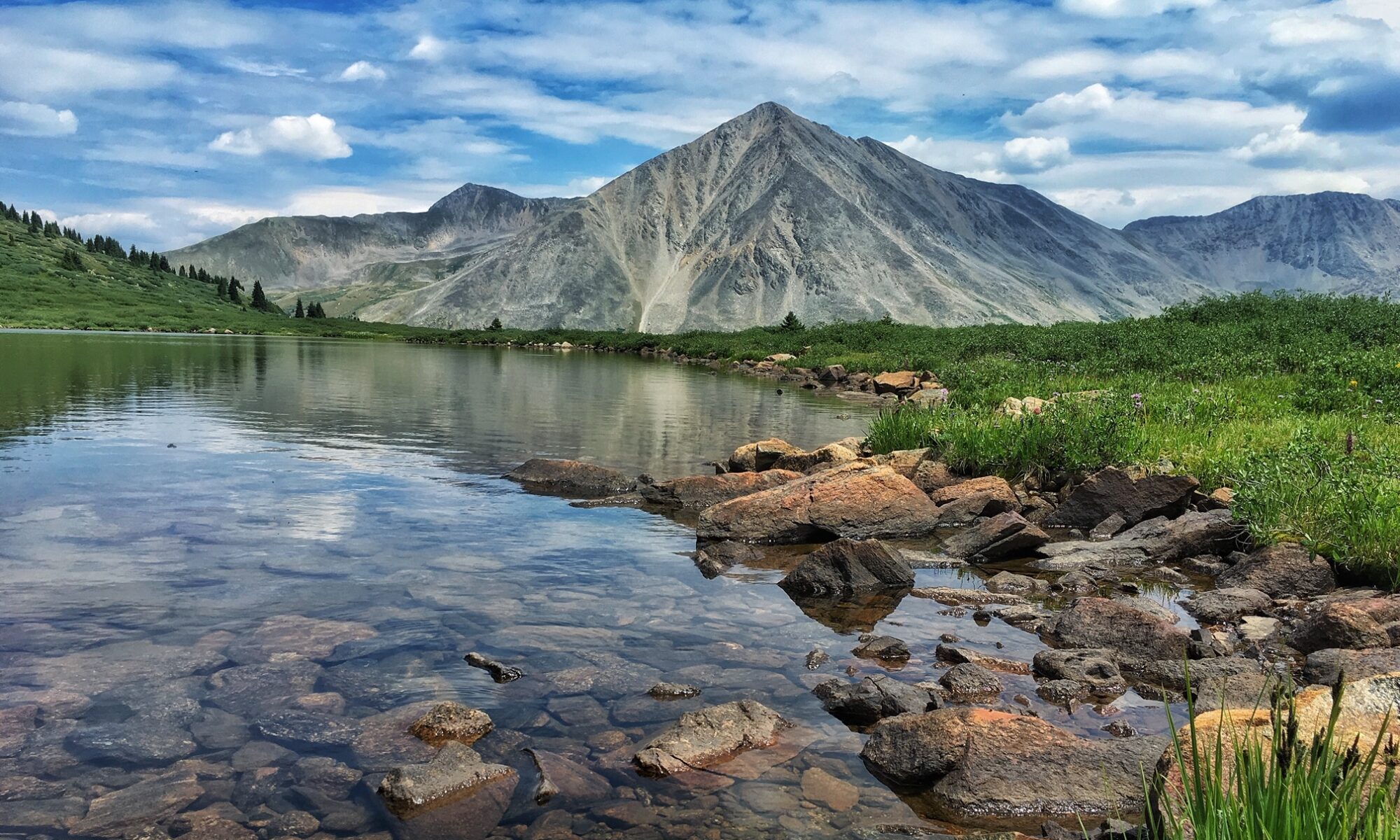Recently a friend who lives in the American West said he had heard of the great fly fishing in the Driftless (southeastern Minnesota, southwestern Wisconsin, and northeastern Iowa).
He wondered if he should put together a trip.
I paused.
He lives within an hour of the Madison, the Yellowstone, and the Gallatin, the big freestone rivers. He fishes three or four times a month. He has hit the Mother’s Day Caddis Hatch on the Yellowstone, he has hooked into the big spring rainbows on the Missouri, he has caught the running fall browns on the Madison, and he has had those late summer days when almost every other cast with a hopper pattern surfaces a gorgeous cutthroat.
Why should someone who lives near such waters fly fish the Driftless? In short, it will put every facet of his fly fishing game to the test.
Here are just three disciplines that forced me to up my game and begin to master the spring creeks of the Driftless:
Casting in and around Trees
It’s one thing to cast with a modicum of precision and distance when your backcast has no competition. You load your rod and let ‘er rip.
It’s quite another to drop a size-18 nymph with a one-foot dropper at the top of a run in a nine-foot wide stream with branches draped over you. When I started fly fishing the Driftless after twenty years of fishing in the West, I was shocked at how poorly I cast. No doubt, I wasn’t great in the West either, but in the Driftless, I was a genuine hack.
The Driftless forced me to learn how to cast with greater precision. There is still not much art or science to my casts, but at least I am more aware of my shortcomings. Fishing the Driftless forced me to pay attention to my cast and focus on placement in the run. I’ve learned the art of casting sideways in the presence of brush and low-hanging trees.
Crawling Up to a Run
Frankly, I had read Gary Borger’s book years ago, but the whole “stalking trout” concept was lost on me. It wasn’t until I started fishing the Driftless that I realized that much of my fishless afternoons and evenings was due in part to how I approached the runs.
Just recently, I watched a fly fisher trudge upright like a drunk Sasquatch into a beautiful Driftless run and begin to cast. He stood in the middle and toward the back of the run and cast upstream, in full view of the run, the sun casting his huge shadow across over the run. He cast for what seemed like 20 minutes, and then moved on. With his giant profile, my guess is that the trout spooked ten yards before he stepped into the water. I never saw a fish rise to anything he cast.
In the spring creeks of the Driftless, you cannot ape the Brad Pitt character in the movie “A River Runs Through It.” You just can’t. Fish are wary. The streams seem to be heavily fished. And to catch them requires stealth and strategy.
If you’re catching trout in a spring creek, most likely your knees (and maybe even your elbows) are muddy. You simple cannot stumble mindlessly from run to run.
Rather, you size up the run, see the next run above or below the one you are fishing, and figure out how to maintain a low profile throughout your casts. And as you move stealthily to the next bend in the stream.
Eliminating False Casts
I like to false cast, to be perfectly honest. It’s a third-rate fly-fisher’s go-to move to gain distance and accuracy. I’m no athletic god, and my fly fishing skills are simply one more confirmation of that patently obvious truth.
With false casting, the problem is, of course, that what may work (or at least have fewer consequences) in the West (when you’re standing in the Madison River and casting 40 to 50 feet) is a sure fire means in smaller spring creeks to chase away fish. They react to the movement, dart back under the rocks, and refuse to take anything you drift by them.
The trick is to fight the urge to revert to false casting when you need it most. To cast with a minimum of false casts requires endless amounts of practice before you can shoot the line out accurately (or lob it out awkwardly) while hunched over the edge of stream on your knees.
In the end, I recommended the Driftless to the person asking about it. But he may not be as great as he thinks he is. After a few days in the Driftless, though, he’ll be a better fly fisher than he is today.





